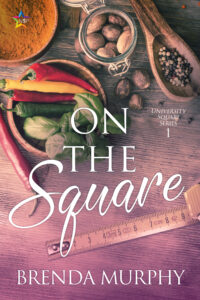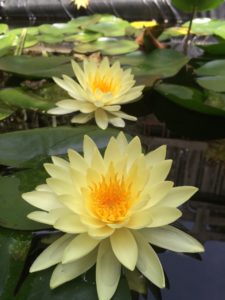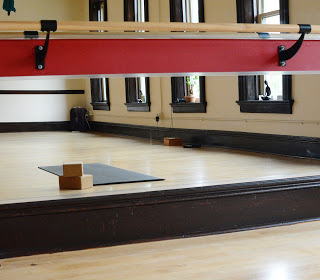This blog post is a response to so many friends I have that are struggling right now to maintain their creative endeavors. They are despondent and feel there’s no point in continuing to write. They believe it doesn’t matter at the end of the day.
These feelings and beliefs are due to a convergence of many events. For many the rise of AI generated novels combined with the appalling piracy of Meta, who books off the Internet and used a known pirate site to train its AI this has made writers feel superfluous This thievery was done without any authors consent and without any renumeration.
To be clear this is theft on a grand scale. The theft of all your work in such a way, and that while Meta knew exactly what they were doing, many writers would not have known without the ongoing lawsuit. It is beyond disturbing. If someone steals your money, you usually know about it. Stealing an author’s work that they hoping to get paid for is the same as taking a dollar bill right out of their pocket. Who knows how much revenue was lost by writers whose work was pilfered?
While there are those people who believe all art should be free to be enjoyed by everyone, I would submit if those people do a job they get paid for, that takes them away from their family and requires them to have certain skills they expect to be paid for their labor. Artist, writers, painters, composers, musicians, and every other creator you can name has the same expectations. We deserve to be paid for our time, skills, and work. And it is work to create. If anyone could do it they would. Many writers have quit and others are on the edge of quitting.
To all of you who are feeling that way, please hear me: Don’t do it. Don’t give in. Don’t quit. Don’t give up on your writing dreams. If you want to take a rest, if you need to take a break, if you need to step back a moment and figure out why it was you started this whole thing in the first place, do that. I often have to take a step back and ask myself: why did I start writing books?
The short answer is I started writing books because I wanted to put out stories in the world that featured people who were not usually featured in most books. I wanted to have people to be able to read books with happy endings because for those of us under the rainbow. We still don’t often we don’t get happy endings and many forms of art and entertainment. The kill your gays is a real trope. I’ve mentioned this before and if you have been reading this blog a while it’s not the first time you’ve heard it.
For those of you out there thinking of quitting please don’t. Take a break. Get some rest. Think about your why and for all that is good step back from social media. Most everywhere you are on social media everyone is screaming the sky is falling for indie authors and small presses. While I’ll admit the sky is looking a little dicey and everyone’s revenues are for the most part down, it is the result of many forces. While it is good to be informed, it is not healthy to obsess over it. To protect your creative self, limit your social media.
I log out of social almost every weekend from Friday evening until Monday morning. Sometimes I sign off for two weeks. It depends on how much of a break I need. The point is include breaks from social media in your self-care. It’s okay to disconnect from the world. It’s healing to get back in touch with yourself and to interact with your friends and family. Do things in real life. Read a hard copy book. Play a game. Puzzle. Cook. Walk outside. Get out of everyone else’s life and into your own.
It is so easy to get caught up in all the drama on social media. No one needs more drama. Take a break, get your feet back on the ground, touch some grass as the young folks say.
I get that it is very difficult to keep making art if you’re not getting paid for it. I get it. I get it on so many levels. I also understand that if you stop writing/creating/ making art, you don’t have anything to sell and nothing to get paid for, so itis a real issue. If you are finished, really ready to stop creating, after thoughtful consideration, then that’s okay. We all have different roads we follow at different times and sometimes you are only on a path for a season.
It’s okay to quit if that’s what you really want to on a soul deep level. Quit. But if you’re responding out of fear, if you’re responding out of despair, if you are giving up because it all feels like it’s just too much. Don’t quit. Take a break but don’t quit. The world needs your stories even if you don’t think they do they do. If no one else tells you your work is valuable, I am telling you your writing matters. Don’t let the world and its ugliness silence you. Rest when you need to and then get back to work. Writing is the safest place to work out your feelings about most things, the page will never judge you for continuing to write with the world on fire, even if others do because they don’t understand, that writing/creating/ making art is resistance.
If you want to hear more advice on this topic, I have included a link for my podcast “How to Keep Writing When You Want to Burn It All Down that is companion piece to this blog post. I would love it if you would give it a listen. It will address creative frustration, and how to keep working when you’re just sick of whatever it is that you’re working on and/or there has been a major life event that makes you want to just set everything on fire and walk away.
I go into more depth offering more ways to help yourself, but the second thing that I recommend in this post and in that podcast is to get in touch with your why. Take time examine why you started writing. Explore your reasons and put your reasons in context with your current circumstances. I wrote all of my life but seriously started pursuing publication in 2012. My why has for the most part stayed the same but my life has changed considerably. If you have been writing for a while remind yourself why you started and why you want to continue.
Remember why you started creating, memorize it, etch it into your soul, and then get back to work. That might sound harsh, but I believe working your way through a creative crisis is the only way out of creative crisis.















